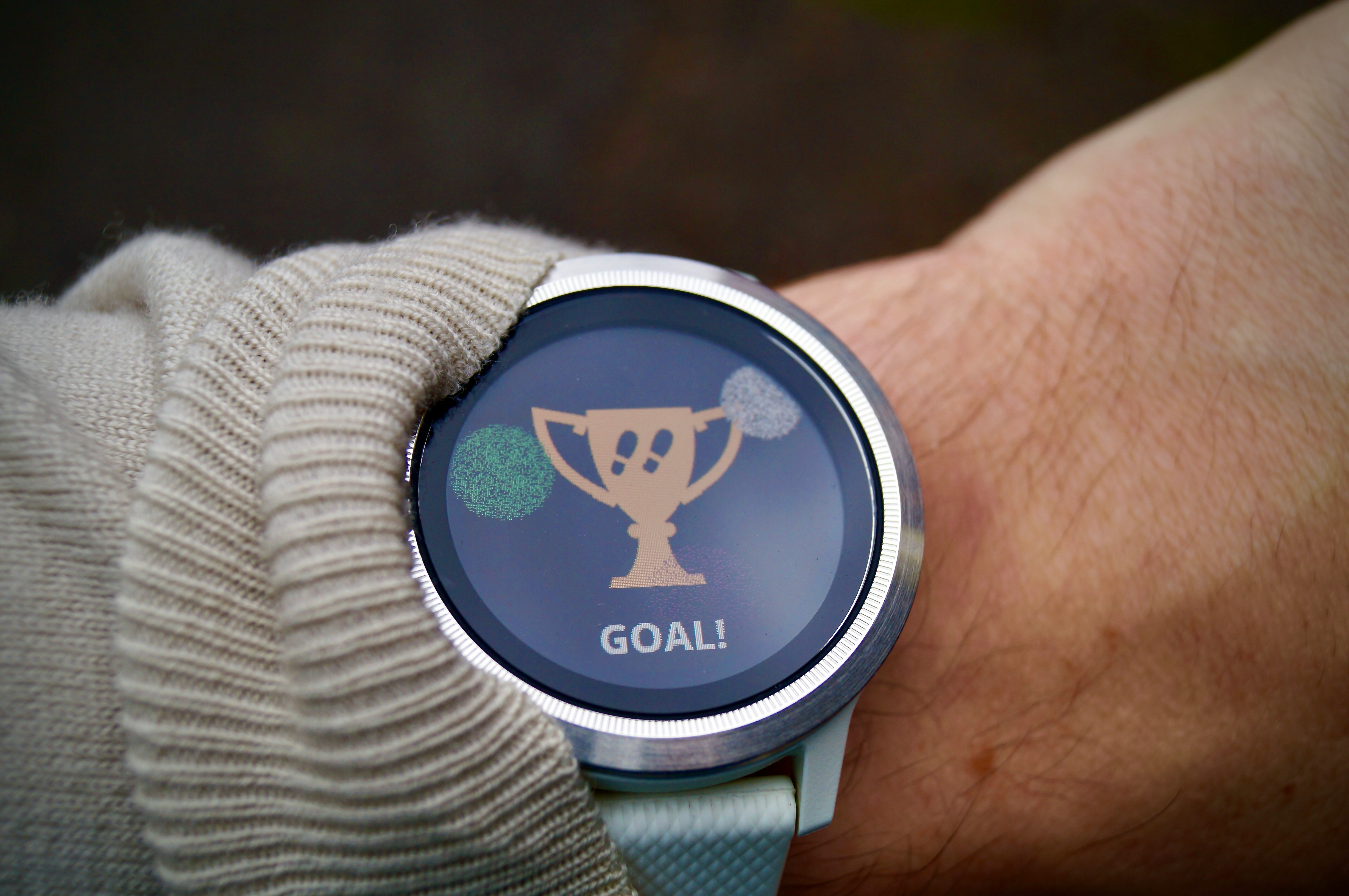Is SMART Still Smart? Reevaluating the Classic Framework
Jun 6, 2024
Arguably, the most popular framework for goal setting - SMART was created by George T. Doran in 1981. It stands for Specific, Measurable, Attainable, Relevant, and Time-bound. While the original article described the solution for organisations, its influence spread way beyond the initial scope, coming to education, health and self-improvement. The simplicity and clarity make it still relevant today.
Criticism of SMART Goals: Narrow Focus and Limited Ambition
However, it doesn’t come without criticism. While it helps to stay focused on a specific objective in mind, sometimes it can turn out to be too narrow and lose relevance over time. Another point of dispute is the aspect of attainability. It can put a limit on setting goals that are not ambitious enough and consequently, not as inspiring as they could be. Having a shot on more aspiring goals poses greater risk, but also may lead to greater rewards.
Stretch Goals: Pushing Beyond SMART's Boundaries
One way to address the limitations that arise with the SMART goals framework is to set stretch goals and push boundaries of what’s possible. It can help think more creatively and even if not fully achieve the stretch goal, still surpass the results that could’ve been constrained by “realistic” limitations. Of course, overly challenging objectives pose a greater risk of failure or burnout.
Case Study: Southwest Airlines and the Power of Stretch Goals
When Southwest Airlines faced a financial crisis, they looked at solving the challenge with too long turnaround times at the airport gates. What they did was set a stretch goal of reducing time to just ten minutes. This seemed impossible by industry experts and the U.S. Federal Aviation Administration. However, taking inspiration from racing pit stops, they managed to achieve it, not only improving efficiency but setting a new standard for the whole industry.
Finding Motivation: The Importance of Asking "Why"
Especially when it comes to difficult endeavours, one thing that can help stay motivated is asking “why”. Seemingly simple, yet when dug deeper, it will help to align your goals and motivations to keep going when the stakes are high.
Case Study: Toyota’s Transformation Through the Five Whys Method
In the early Toyota days, the company suffered from production issues. What helped them to turn things around was the invention of the five whys method. Repeatedly asking why helped to move from the obvious immediate cause to finding underlying systemic inefficiencies and understanding why something’s gone wrong. As a result, Toyota managed to consistently produce high-quality vehicles, winning customer loyalty.
Adapting SMART Goals: The Role of Reevaluation
The SMART framework does highlight aspects of relevance. One way to implement it could be a regular reevaluation of the goals. As the world around us is evolving, our priorities and intentions don’t stay the same either. Goals reassessment will help not only to work on the right thing but also keep the spirit high.
Case Study: Microsoft's Shift to Cloud Services
In the early 2010s, Microsoft was deep into selling its software, however, market trends were moving to the cloud. When Satya Nadella became CEO, he assessed the company's goals, bringing changes in strategy to become a leader in cloud services. Its cloud division Azure introduced quarterly checks, making adjustments by evaluating data and market trends. As a result of reevaluating the goals and adapting to the market demands, Microsoft Azure became one of the leading cloud service providers, increasing the company's market share and revenue.
Beyond SMART – Integrating Flexibility and Alignment
The SMART framework gives us a solid foundation for goal setting. Yet, to have more flexibility and navigate in the changing environment, it’s important to align goals with deeper values by asking “why”, setting stretch goals, which may have a higher risk, but potentially higher rewards and constantly reassessing your intentions and objectives to stay relevant and keep growing personally and professionally.
